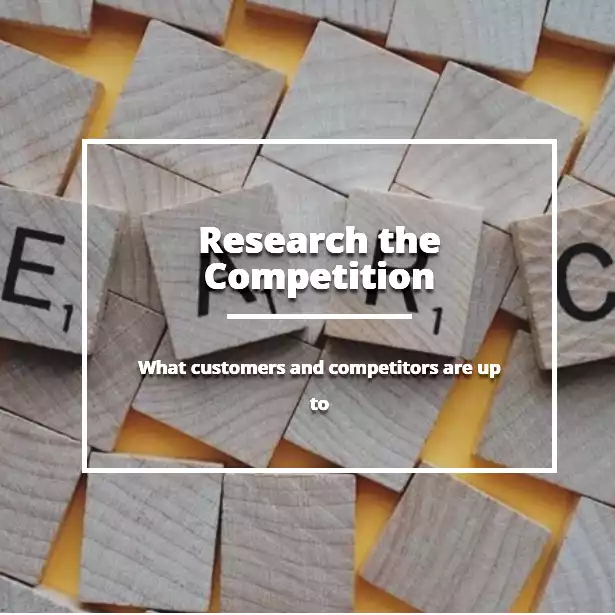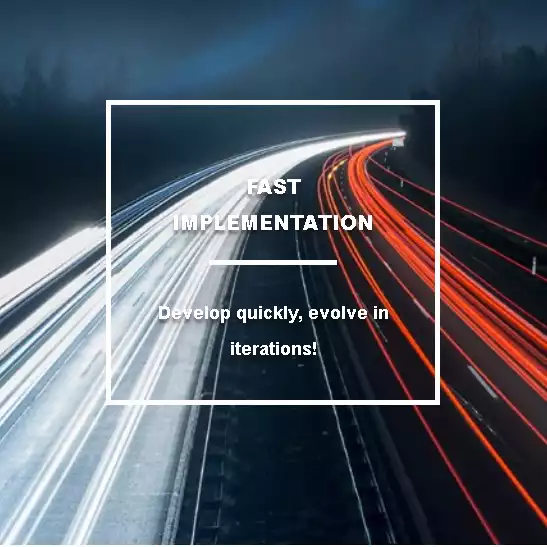A PICTURE
is worth a thousand words
Websites need to be visually UNIQUE
As Internet speeds and “bandwidth” have improved, consumers have gotten used to full-screen photos, maps, and videos. Small “thumbnail” sized images or illustrations of products no longer meet consumer needs. They want to SEE IT as if they are there (for travel) or see it as if its in front of them (for products).
Digital cameras (and camera phones) have also gotten better and more flexible. As camera resolutions have gotten better, file-size reduction has become important. Large file sizes not only slow down web pages and large images can adversely affect your Google ranking . File sizes can be thoughtfully reduced by reducing image pixel size, cropping, or file compression.
Though stock photography (even for free) is quite plentiful, astute consumers can recognize stock photography (a photo of “shaking hands” to denote trust, for example, is now cliche). Wherever possible, use original photos of facilities, products, and staff (or at least your executives) on your website. These bit only look like YOU, but it ensures that a competitor (or any another business in your community) does not use the same images.
Not only do we do some incredible photography for websites, but we know how to embed and code the images for maximum SEO impact.
We have designed websites for 20-plus years, and have been doing digital photography for all that time. The tools have gotten better (and simpler) and few folks know how to produce to a competitive and professional standard. And even fewer will go to literally any height to get that perfect image!

Planning (smartly) for CHANGE
We have designed websites for over 20 years, using an ever-evolving set of tools to provide ever-more cost-effective and efficient design and features. And we test tools on our own high-traffic websites before we recommend it to our clients.
We have worked on small websites (a few pages) to large ones with over 100,000 pages of content, and e-commerce websites with catalogs almost that big.
In the early days we hand-coded our HTML (and somethimes, we STILL DO), and over the years applied a number of tools to speed coding and development. Over the 20 years, content management and e-commerce tools have evolved a lot. Let us help you choose those with the best odds of staying best over the next 10 to 20 years.
Meeting and beating your competion
We help you take an insightful peek over the horizon…
Before commencing a web project, it is important to know what your competitors are up to, both bigger ones and smaller ones. you should also consider what your clients (or potential clients) are doing & thinking.
You want to design with prudent budgetary concerns. And design for the clients YOU’D LIKE TO HAVE, not just your current clients.
We do a feature comparison, estimage what THEY have spent, and look for less expensive ways to provide a competitive website. Use the Pareto Principle, to get 80% of the most-needed features for 20% of their cost. Because technology evolves rapidly, some features custom programmed a year ago, may be off-the-shelf for a tiny fraction of that.
We use a variety of state-of-the-art tools to investigate their coding secrets: tools, keywords, meta-tags, and much, much more…


Select a great PLATFORM, and not have to rebuild often
There are a lot of “fads” on the internet, and a lot of looks-like-a-good-idea that just disappear after a few months. How do you pick the ones that both matter and last? Let our experience guide you!
We have seen many ideas that looked good at the time, but turned out to be poorly thought out, poorly implemented, or just never got to an economic critical mass. Second Life (a tool for creating VR worlds) that ended up going nowhere. ColdFusion (which served dynamic content from a database) which made websites horribly slow, and was supplanted by Microsoft’s ASP.net and WordPress). And, who cannot forget MySpace, the early social media platform that got eclipsed by Facebook.
When a technology is shut down, it’s usually not on your schedule, often without warning,a nd forces significant rushed resources to replace that technology.
Early adopters can easily miss the major impact of tools, even if you “were there first”. It is important to keep on top of Best Practices and evolve at the RIGHT TIME.
Be a fast-moving competitor
No matter how good your website is, your competitors will copy it and try to surpass it. They can and will quickly reverse-engineer your keywords, your coding, and your SEO strategy. BE PREPARED TO IMPROVE.
Consider the concept of “Minimum Viable Product”, a concept used in “app” development.Your first version is a fully viable website, but with some reduced features or content. Let your subject matter experts (the “SMEs”) update content based on on=going customer feedback and questions. Your product pages can launch with the highest-demand items, and after launch, add more and more of your offerings, and more detail.
As well, once your new website is launched your clients will start giving you feedback, because they want you to succeed.


Uuse Social Media to create and foster client RELATIONSHIPS
Expecting someone to create “viral content” usually has unrealistic expectations. Typically, Social media grows linearly, and rarely grows exponentially. Though in early stages the two growth paths are not readily distinguishable.
Start with clear objectives, and start regularly posting good content. Content should include text along with photos and videos. Don’t have every post be a “selling post”. Be informational (things like industry news) with links to articles in media or industry websites. Good, regular posts create a reason for non-customers to want to follow you. And for customers/clients/friends to want to “share” the content with their network. Some Social Media sites (Instagram, Pinterest) are about the images. Some (YouTube, TikTok) are more interested in Videos. Some are more interested in information (Facebook, LinkedIn, and Twitter). Always invest in quality!
Until you get post 100 friends or followers it is hard (if not impossible) to measure effectiveness of your Social Media strategy, but please be patient. Be sure to let your clients know about your social media presences in your other advertising, your letterhead, business cards and on-remises signage. You might even consider Social Media advertising to build your followers more quickly, but keep in mind the “friends” list belongs to the social media website, but a customer list belongs to YOU.
A Full Range of Online Marketing Services
If you are looking for experience, depth of experience, good advice, a creative solution, and on-time on-budget implementation, TransCanada FoundLocally Inc is your answer.
Our Showcase site: TransCanadaHighway.com
We have been running and updating the TransCanadaHighway.com website since 1999, integrated with a travel & tourism business directory. It is THE authoritative information source for anything to do with travel across Canada on our national highway!
TransCanadaHighway.com provides travel and tourism information for recreational and business travellers in all provinces and their major cities and towns, and links to their web sites.
Site provides Information about each province includes a description of highway, detailed highway itineraries, and the history of the highway, its route, and key infrastructure.
We also have latest highway road & weather conditions as well as the latest information on COVID Travel Restrictions.
